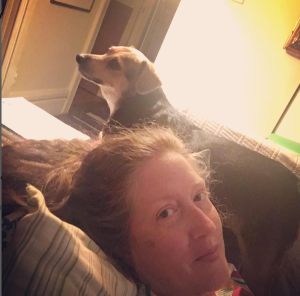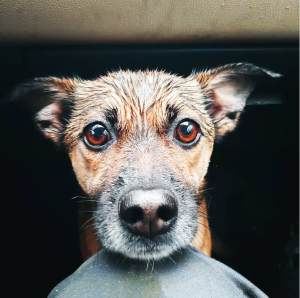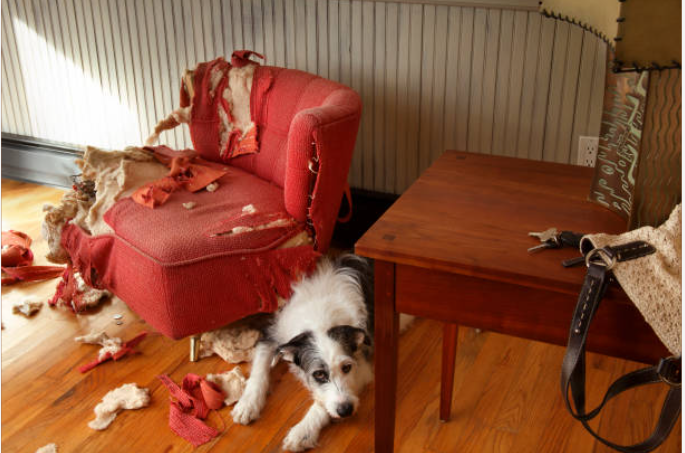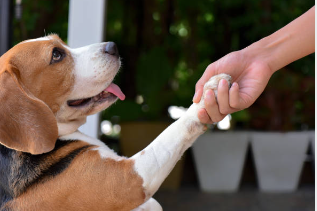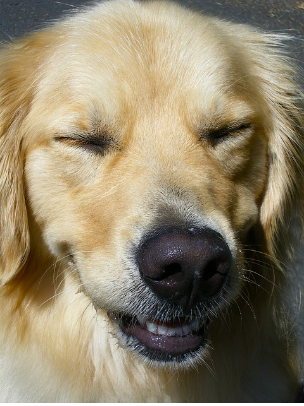How to Rebuild Trust With a Resentful Dog
Adult rescue dogs frequently exhibit some initial aloofness. Chances are, you have already seen situations when you ask to pat someone’s dog only to have it ignore you or try to flee.
We tend to view things from a human perspective, which makes it simple to take this personally and conclude that the dog dislikes us. In human society, it is customary for two strangers to shake hands and introduce themselves. Dogs don’t follow that guideline when it comes to humans or other dogs. Human and canine socializing are not the same things.
Consider how many individuals approach a dog for the first time. They come to the dog directly, make eye contact, and possibly speak in a high-pitched voice. Is it surprising that the dog would rather not interact with the person?
Important actions you can do to begin reestablishing trust with your dog
Determine what is causing the animosity
You can begin addressing the problem if you comprehend the reasons behind your dog’s resentment. For instance, you will need to be kind and patient with your dog and give them time to come to terms with the fact that you are safe if a prior owner abused them. You must be more predictable and consistent if your dog has been resentful due to your uneven training methods.
Provide your dog with a dependable and secure habitat
This entails giving them access to food, drink, shelter, and regular exercise. It also entails avoiding circumstances inciting their hate, such as shouting at them or acting erratically.
Start using positive reinforcement training
This type of training rewards your dog for good behavior rather than punishing them for bad behavior. Positive reinforcement training is a great way to build trust and rapport with your dog.
Be persistent and patient
Rebuilding trust with a resentful dog takes time. If you don’t notice results right away, don’t give up. If you persevere, your dog will gradually trust you again.
How to Win Over a Dog’s Trust
# Be calm
While it may be tempting to welcome a dog with boundless enthusiasm, resist the urge. Excited dogs may react negatively to an unwelcome greeting, such as jumping up on you if you approach them when they are excited. When a highly energetic stranger comes, a dog may also experience a heightened fight-or-flight response. Keep your cool and speak gently.
# Accept Their Visits
When his curiosity is piqued, the dog will alert you. You can stroke him, but only on the front of his chest, if he sniffs your hand and remains motionless. Never approach a strange dog from above and attempt to touch it. You can be sure he’s accepted you if he licks your hand. He’s not interested if he looks away or ignores you. Remember, don’t be offended. Moving forward, accept it.
# Become Equal with Them
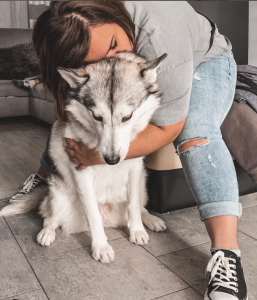
When approaching the dog, always come from the side rather than the front. As you kneel, face the dog’s direction. Now, although without being confrontational, you are in the dog’s personal space. While maintaining eye contact, keep your hand down in a fist.
# Take a stroll

The same protocols apply when you first meet a dog you plan to adopt; you might also need to give them space and wait to be around them for a little after they’ve moved into your house. Recall that in the world of dogs, leaders approach followers rather than vice versa. But going on walks with your new dog is the best approach to gain her trust once you’ve welcomed her into your pack. This is your opportunity to demonstrate your leadership as the pack leader, and it teaches her that you are providing her with guidance and safety. She will soon learn that she is safe with you if you continue to project confidence while being composed and aggressive.
# Observe Their Personal Space
Try to avoid making eye contact, touching, or talking. Converse with the person and ignore the dog if you are asking a stranger if you may greet their dog. Keep your distance from the dog as well. Before approaching someone, keep a minimum of four feet between you.
